The Most Overlooked Red Flag in Audit Failures? Judgment Fatigue
- Posted by admin
- On April 7, 2025
- 0 Comments
In today’s world of rapid technological advancement, where artificial intelligence can process vast amounts of data in seconds, there remain areas where human intuition still reigns supreme. One such area is professional judgment—especially in the context of auditing. While AI can flag anomalies, quantify trends, and detect patterns, it cannot yet fully replicate the auditor’s ability to interpret context, exercise skepticism, and sense when something simply feels off.
Consider the difference between a high-resolution satellite image and a person walking the same terrain. The satellite offers a broad, detailed view from above—but only the individual on the ground can notice the subtle shift in soil, the unevenness underfoot, or the unexpected change in temperature. Both perspectives are valuable, yet the human one is inherently shaped by context, intuition, and the limitations of mental stamina.
Every year, the US Public Company Accounting Oversight Board (PCAOB) releases detailed findings on where audits fall short. In 2024, 76% of randomly selected public company audit engagements resulted in at least one deficiency. Despite continued investment in training, technology, and quality control processes, critical missteps—especially those related to internal controls and estimates—remain stubbornly persistent.
Why?
One overlooked factor may be hiding in plain sight: judgment fatigue.
What Is Judgment Fatigue?
Judgment fatigue is a psychological phenomenon in which the quality of decisions declines after a prolonged period of mental effort. It has been observed in courtrooms, hospitals, and high-stakes executive settings. Auditing, with its heavy reliance on professional judgment under time pressure, is just as susceptible.
Audit teams are constantly tasked with evaluating complex estimates, assessing risk, and reviewing financial disclosures. These are not mechanical steps—they require sharp, often subjective thinking. However, as the audit progresses, particularly toward deadlines, the mental stamina needed for sound judgment begins to wane.
Where Judgment Fatigue Shows Up in Audits
In the 2024 PCAOB inspection report, recurring deficiencies were observed across familiar areas: revenue recognition, internal control over financial reporting (ICFR), fair value estimates, and going concern assessments. Many of these require layered, judgment-heavy decisions that are particularly vulnerable to fatigue.
Some examples:
- ICFR: Auditors failed to reassess initial risk conclusions after receiving contradictory evidence.
- Revenue: Teams used incomplete or irrelevant data sets without challenging their accuracy.
- Business combinations: Key assumptions were accepted without sufficient scrutiny or corroboration.
In each case, the issue was less about knowledge and more about discernment under pressure.
Why the Audit Environment Amplifies Fatigue
Audit firms often operate under high-pressure conditions characterized by long hours, compressed timelines, and tight review cycles, particularly during peak periods. While such intensity may help meet deadlines, it can also lead to a subtle shift in focus from thoughtful analysis to getting things done.
Moreover, quality control processes are typically built to detect technical or procedural lapses, not mental exhaustion. A checklist can catch a missed step—but not a fatigued judgment.
The Impact of Fatigue on Audit Quality
When auditors are mentally drained, several risks arise:
- Anchoring on prior conclusions without considering new evidence
- Underweighting contradictory data that doesn’t fit the narrative
- Failing to document rationales for significant judgments
- Skipping procedures deemed routine or “low risk”
The PCAOB’s inspection data suggests these aren’t isolated occurrences. They are patterns. And they compromise the very assurance that audits are meant to deliver.
What Firms Can Do
Addressing judgment fatigue isn’t just about giving teams more rest—it’s about designing audits that support mental clarity throughout the process. Below is a summary of practical steps firms can take:
Strategy |
Description |
| Structure workflows to manage decision load | Prioritize complex areas earlier in the engagement when energy is highest. |
| Incorporate peer reviews for high-judgment areas. | Fresh perspectives help catch what tired eyes miss. |
| Train auditors on cognitive biases. | Awareness of shortcuts, such as confirmation bias and anchoring, can reduce their influence. |
| Use technology strategically | Data analytics can support—but not replace—judgment and discretion. Tools should flag anomalies, not automate decisions. |
| Encourage a culture of challenge. | Create safe environments where questioning assumptions are valued, not avoided. |
While the US PCAOB reports the what, it’s up to the profession to explore the why. Judgment fatigue is one lens through which we can examine persistent patterns and ask if the way we structure and support decision-making could be part of the answer.
KNAV Comments
Improving audit quality isn’t just about better documentation or more controls. It’s about sharpening the minds that make the calls. Judgment fatigue may not show up on a workpaper, but its effects are real—and costly. If firms want fewer deficiencies, stronger opinions, and more trust from investors, they must start by understanding the pressures behind key decisions—especially the ones made when clarity is most at risk.











0 Comments